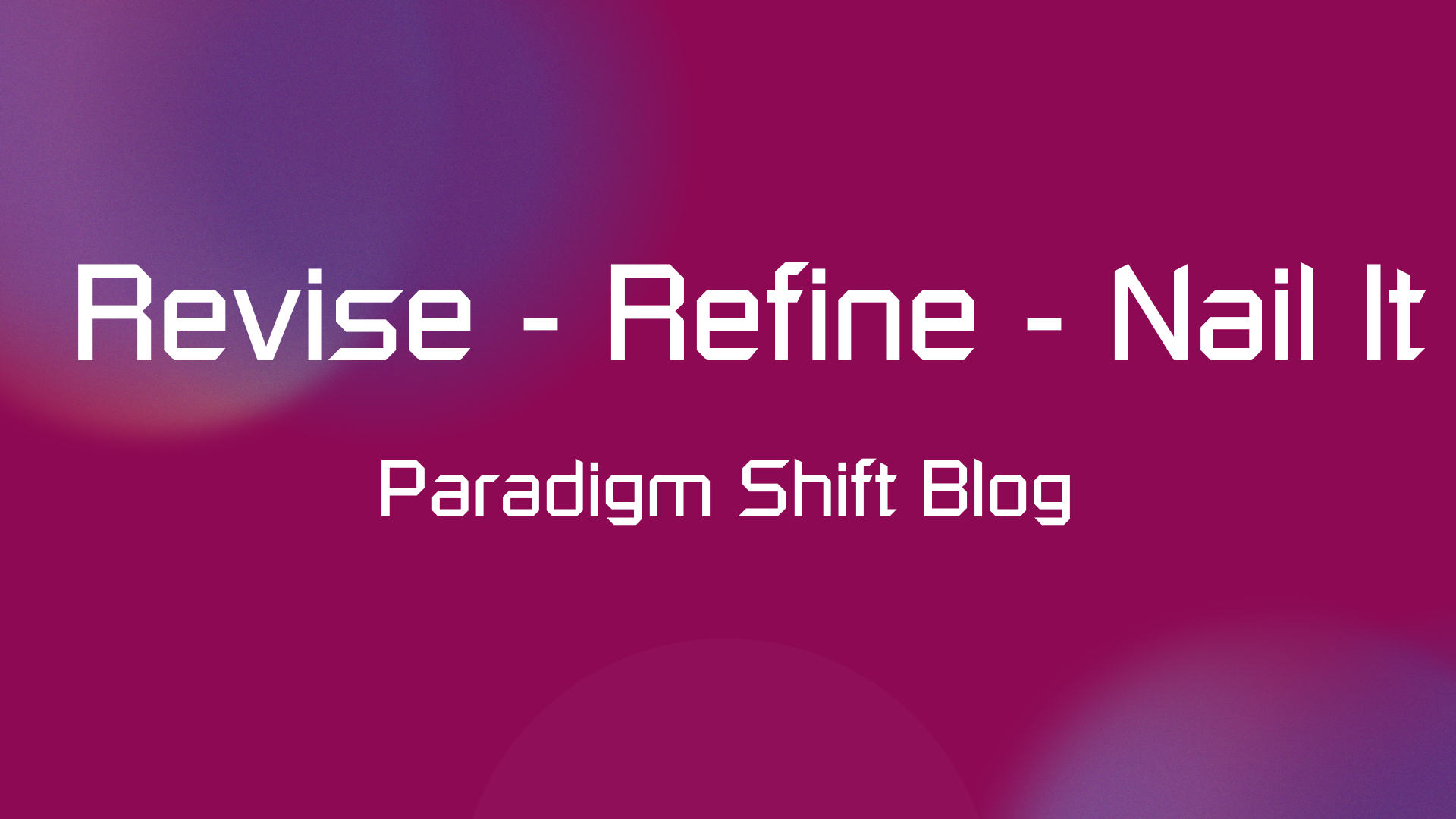Ever feel like you’re giving ChatGPT a great prompt, only to get something almost right—but not quite? Maybe it’s too formal, too wordy, or just misses the mark. Don’t worry, this is normal. The key to working with ChatGPT isn’t starting over every time but rather refining and iterating on its responses—just like giving feedback to a junior employee who’s eager to get it right. Also, remember: ChatGPT remembers context within a single conversation thread. So if you’re working on an ongoing project, don’t start a new chat—continue the same one! It will remember what you told it and how you instructed it, allowing you to build off of previous responses instead of starting from scratch. In this article, we’ll go over the best ways to refine ChatGPT’s responses so you can get exactly what you need—without unnecessary frustration.
Step 1: Don’t Start Over—Refine Instead
Many people make the mistake of starting a brand-new conversation every time they want to adjust ChatGPT’s response. This wipes the slate clean and forces you to repeat instructions unnecessarily.
Instead, stay in the same chat and refine the response by giving direct feedback:
- “This response is too formal—make it more casual.”
- “Summarize this in three bullet points instead of a full paragraph.”
- “This isn’t structured the way I want. Put it into a table instead.”
Pro Tip: ChatGPT learns from adjustments within a conversation, so the more specific you are in corrections, the better it will perform for you.
Step 2: Be Explicit About What’s Wrong
If ChatGPT doesn’t get it right on the first try, don’t just say ‘make it better’—explain what needs to change.
Examples of clear revision instructions:
- “This is too detailed—condense it into 100 words.”
- “This sounds robotic—make it sound like a real person is talking.”
- “Add a friendly closing sentence at the end.”
If ChatGPT ignores your request, call it out directly:
- “I asked for three bullet points, but you gave me a paragraph—please adjust it.”
- “Why didn’t you follow my request to use a table? Try again.”
Pro Tip: Treat ChatGPT like an employee who’s learning—it will adjust based on how you correct it.
Step 3: Use Step-By-Step Refinement
If you have a complex request, don’t expect ChatGPT to get it perfect in one shot. Instead, work in stages by breaking down your request into smaller steps.
Example: Instead of saying “Rewrite this whole document to sound more engaging,” try this approach:
- “Make this first paragraph more engaging.”
- “Now simplify the language in the second paragraph.”
- “Now make the conclusion more persuasive.”
This step-by-step refinement gives you more control and results in a better final output.
Step 4: Continue Where You Left Off—Don’t Start From Scratch
If you’re working on an ongoing topic, don’t open a new chat every time. Instead, go back to the previous conversation so ChatGPT can remember the refinements you’ve already made.
Example:
- If you’ve been working on a resume and need more changes a day later, open the same chat and say: “Let’s keep improving the resume we worked on yesterday. Here’s what I need adjusted…”
Why this works:
- ChatGPT remembers context within a conversation thread—so if you restart, you’ll have to repeat your preferences all over again.
Pro Tip: If you need to work on multiple projects, use the ‘Projects’ feature to organize your conversations (we’ll cover this in Article #4!).
Step 5: Get Multiple Options And Choose The Best One
Sometimes you don’t know exactly what you want until you see a few versions. Instead of going back and forth endlessly, ask ChatGPT to give you multiple options at once.
Example prompt:
- “Rewrite this in three different styles: one formal, one casual, and one playful.”
- “Give me two versions of this email: one detailed and one concise.”
- “List three different ways I could introduce this topic in a blog post.”
This saves time because you can compare and pick the best version rather than refining over and over.
Pro Tip: This approach is great for creative tasks like writing, brainstorming, and summarizing content.
Final Thoughts: Iteration Is the Key to Success
Working with ChatGPT isn’t about getting a perfect response on the first try—it’s about iterating and refining until it meets your needs. Here’s the recap:
- Don’t start over—stay in the same chat and refine.
- Be explicit about what’s wrong and what needs fixing.
- Break complex requests into step-by-step refinements.
- Continue previous conversations instead of starting fresh.
- Ask for multiple versions to speed up decision-making.
Now that you know how to refine ChatGPT’s responses, in the next article, we’ll talk about how to organize and manage your work efficiently using ChatGPT’s Projects feature!

